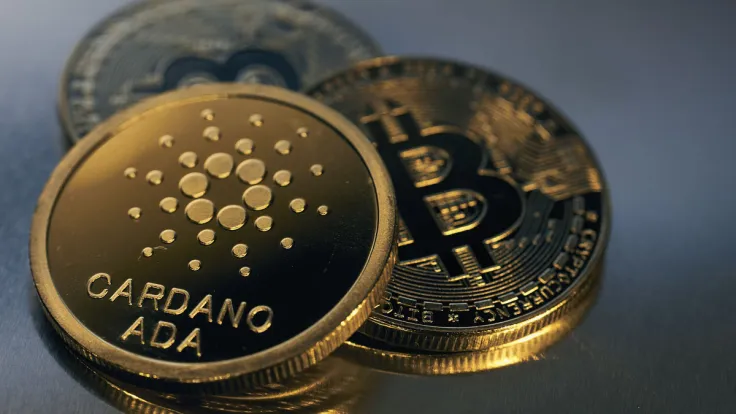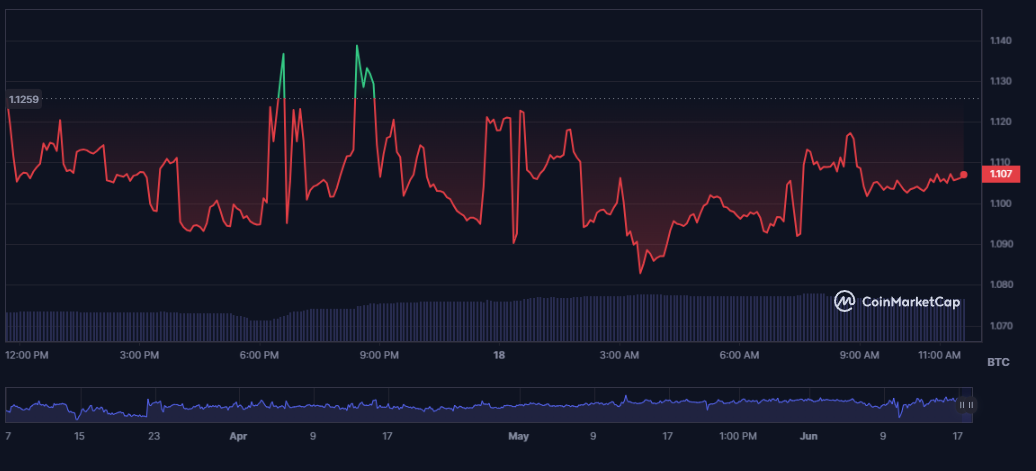
Disclaimer: The opinions expressed by our writers are their own and do not represent the views of U.Today. The financial and market information provided on U.Today is intended for informational purposes only. U.Today is not liable for any financial losses incurred while trading cryptocurrencies. Conduct your own research by contacting financial experts before making any investment decisions. We believe that all content is accurate as of the date of publication, but certain offers mentioned may no longer be available.
The DeFi industry often presents intriguing scenarios, such as the recent depegging of Bitcoin (iBTC) on the Cardano blockchain. IBTC, a synthetic asset created by depositing ADA as collateral, is currently experiencing a significant price discrepancy.
For context, there is robust buying pressure for iBTC on Cardano, pushing 1 iBTC's worth to approximately 108,300 ADA. Conversely, in the broader market, 1 BTC equates to around 99,700 ADA, leaving an 8.8% difference.
This discrepancy exists because iBTC's exchange rate depends on real-world price feeds, not merely the DEX's on Cardano. Consequently, people are minting iBTC at the standard price via Indigo Protocol, which has experienced a recent surge in usage.

There are two main theories behind the increased demand for iBTC on Cardano. Firstly, users may prefer the convenience of having iBTC in their Cardano wallet over purchasing actual BTC, especially if they desire BTC exposure. Secondly, the iBTC stability pool offered by Indigo has yielded seemingly easy gains, prompting users to buy iBTC on decentralized exchanges and deposit them rather than minting it themselves with collateral.
A unique strategy has emerged in the wake of this situation. Some market participants mint iBTC at the liquidation ratio of 110% and then promptly sell the minted iBTC on a DEX, locking in substantial profits. As long as the price difference remains above 5%, there is profit to be made, even considering possible liquidations.
However, this strategy is not without risks. There is a time gap between minting iBTC, selling it, potentially getting liquidated and then restarting the process. While it is an open market and price discrepancies can yield profits, caution is advised.

 Dan Burgin
Dan Burgin Vladislav Sopov
Vladislav Sopov U.Today Editorial Team
U.Today Editorial Team